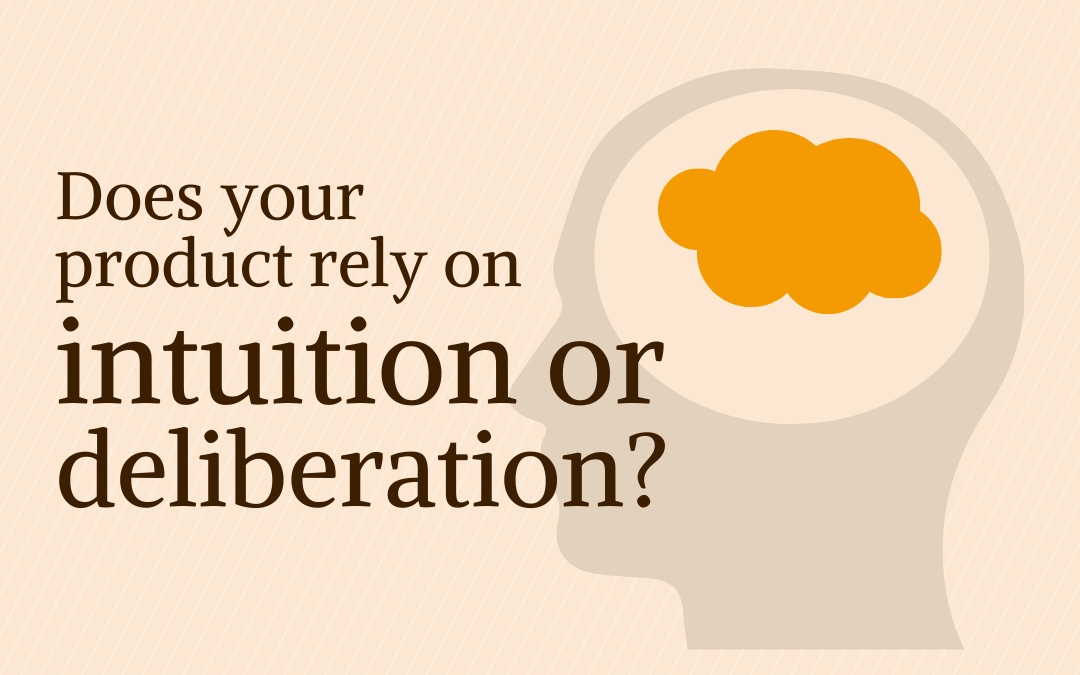Curated by Steve Wendel, a behavioral scientist and the Founder of the Action Design Network, and the author of the book Designing for Behavior Change, which gives step by step guidance on using behavioral techniques to help your users take action.
Dual Process Theory
Most products ask their users to do something new and different from their daily lives in order for the user to benefit from the product. Sometimes that’s to make a careful choice about where to live (Zillow) or to regularly post updates about their lives (Facebook or Twitter). These requests are handled by different parts of the brain, however, and successful products tailor how they ask according to what type of thinking they require.
Dual process theory can help us understand what type of behavior we’re asking for! And, how to appropriately ask.
In this excerpt from their book, Chip and Dan Heath offer a simple, clear metaphor for dual process theory and how it shapes our daily behavior: the rider and the elephant. The careful, thoughtful rider looks out over the world and considers where to go next – but the strong, unthinking elephant is really in control most of the time. The rider is our deliberative mind and the elephant is our intuitive mind.
Is your product primarily appealing to the rider or the elephant? How is that affecting your users?
Nobel Laureate Daniel Kahneman helped found the field of Behavioral Economics and his book is the best not-too–technical summary of research on dual process theory. In this talk, Kahneman provides a comprehensive summary of the book’s concepts. You can also read an excerpt here.
After learning of the mind’s two systems, consider whether your product appeals to System 1 (reactions, emotion) or System 2 (conscious deliberation).
In my book, I show you how to apply dual process theory and other behavioral lessons to the development of consumer products, so you can identify the behavioral obstacles that stop your users from signing up and using your product. You then learn how to design your product around these obstacles, making the product more effective and your users happier. This free toolkit walks you through the theory and practice of the book to get you started on your own product.
You can also read a summary of the book’s concepts here.
What behavioral obstacles do your users face when they try to use your product? What behavioral interventions can you use to overcome them?
Other Product Psychology Lessons
- Building Community Starts with Understanding People
- When Persuasion Becomes Deception
- Mastering Pricing Principles
- A Handy Behavioral Design Toolkit
- Onboarding Matters – Getting Users Engaged in your Product
- Dual Process Theory: Is Your Product the Elephant or the Rider?
- Web Psychology – The Science of Online Persuasion
- Developing User Empathy with Design Sprints
- Want To Be A Game Psychologist? What You Need to Know
- How to Do Effective User Research
- Context Driven Design (The “Context Effect”)
- Writing Copy for Your Reader’s Brain
- Designing Habit-Forming Products
- Games, Play, and Motivation
- How Scarcity & Impatience Drive Irrational User Behavior
- Should You Listen To Your Users or Your Data?
- Emotional Engagement – Designing with the Heart in Mind
- Product Psychology: The 3 Things Everyone Should Know About

